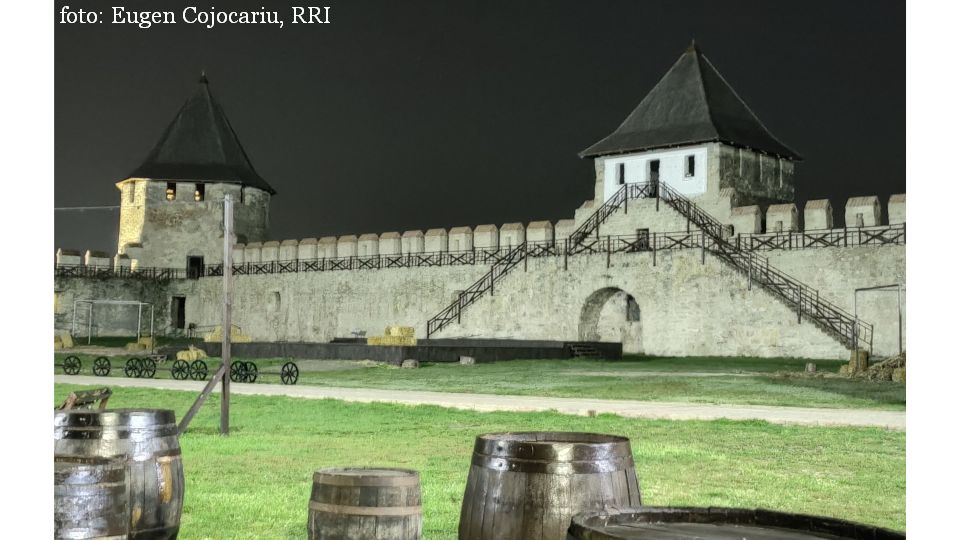Beavers in Romania
For more than a century and a half, up until 1989-1999, beavers were totally absent from Romania.
Christine Leșcu, 17.08.2013, 01:16
We‘ve grown accustomed to seeing beavers on TV, in TV ads, in documentaries or even feature films. That is why we may find it hard to admit that this animal has disappeared from a large part of Europe. In Romania, for instance, documentary evidence for the beaver dates as far back as 1823-1824. For more than a century and a half, up until 1989-1999, beavers were totally absent from Romania. What exactly happened back then and what the reasons were for the beaver species to disappear, are some of the questions that Georgeta Ionescu a researcher with Brasov’s Forestry Research and Development Institute will try to answer.
Georgeta Ionescu: “Swamp and wetlands drainage operations were carried out in an attempt to turn the areas into farming land. It was also then that the beaver was hunted for its fur. Its meat was also useful. But the fur in particular was very expensive. Caps used to be made of beaver fur, and in the Romanian Principalities, according to tradition, the bridegroom was supposed to bring his bride a fur cap as a precious gift. The beaver can cause a lot of damage, but such damage is normal in an ecosystem. The most serious such damage occurs in places where the farming land lies close to the water shore, at a five-meter distance from the water. In that case, the beaver, an opportunistic herbivorous animal, won’t torture himself bringing willow trees down and will go to the wheat field instead, to get his food. “
However, a project based on international cooperation was put together, in order to bring beavers back on Romanian territory. Brasov’s Forestry Research Institute has monitored the beavers’ adaptation in the vicinity of Romania’s aquatic areas. Here is Georgeta Ionescu again:
“In 1998, Romania for the first time ever reintroduced eight animals in the Olt river basin. The project unfolded between 1999 and 2003. All told, 182 beavers were reintroduced in the Olt, Mures and Ialomita river basins. And at present, we have a beaver population of 1,500 animals, living in the aforementioned river basins. Beavers have been brought from Bavaria. That was a European project to reintroduce beavers in the Danube river basin. The project was a joint undertaking, bringing together ICAS, the Carpati Foundation and the Transylvania University, with the support of the Bavarian and Romanian environment ministries. At that time, everything was difficult. Money was scarce, and we implemented the project mostly with volunteer work. In the beginning, beavers were very hard to trace, since those eight animals were not very visible in the territory. Gradually, their presence became more visible through the traces they left in the wooden vegetation. You can easily notice that the trees they cut and brought down had the shape of a pencil, and by that we know straight away there are beavers in the area.”
You can tell beavers not only by the traces they leave on the trees but also by the mini-dams they build in certain parts of the watercourse. Since they are herbivores, beavers do not pose any danger to the fish supply. And yet, people think beavers are dangerous for their crops lying near rivers. Here is researcher Georgeta Ionescu again, with details on how this animal looks like.
“Beavers are semi-aquatic animals, living in the water as well as on land. In the water the beaver has a hydrodynamic posture, propelling himself with the help of the tail and of his rear paws. The adult weighs between 8 and 25 kilograms, while his length ranges from 70 to 100 centimeters, including the tail. The beaver is a hundred per cent herbivorous animal. There are more than 300 plant species that make the beaver’s diet. The quantity of vegetables beavers eat daily ranges from half a kilogram to 3 kilograms. In terms of nutrients, the beaver uses around 30 per cent of wood pulp and around 40 per cent of protein from plants. When it doesn’t snow, the beaver can eat around 300-350 grams of vegetables per day. The beaver does not necessarily eat the whole wooden vegetation it brings down. Part of that vegetation is used for the construction of dams he uses whenever he wants to build a shelter for the winter or for self-protection against predators.“
Ever since beavers have been reintroduced in Romania, they have been protected by European directives as well as by national laws. Hunting and capturing beavers are prohibited across the country.






























